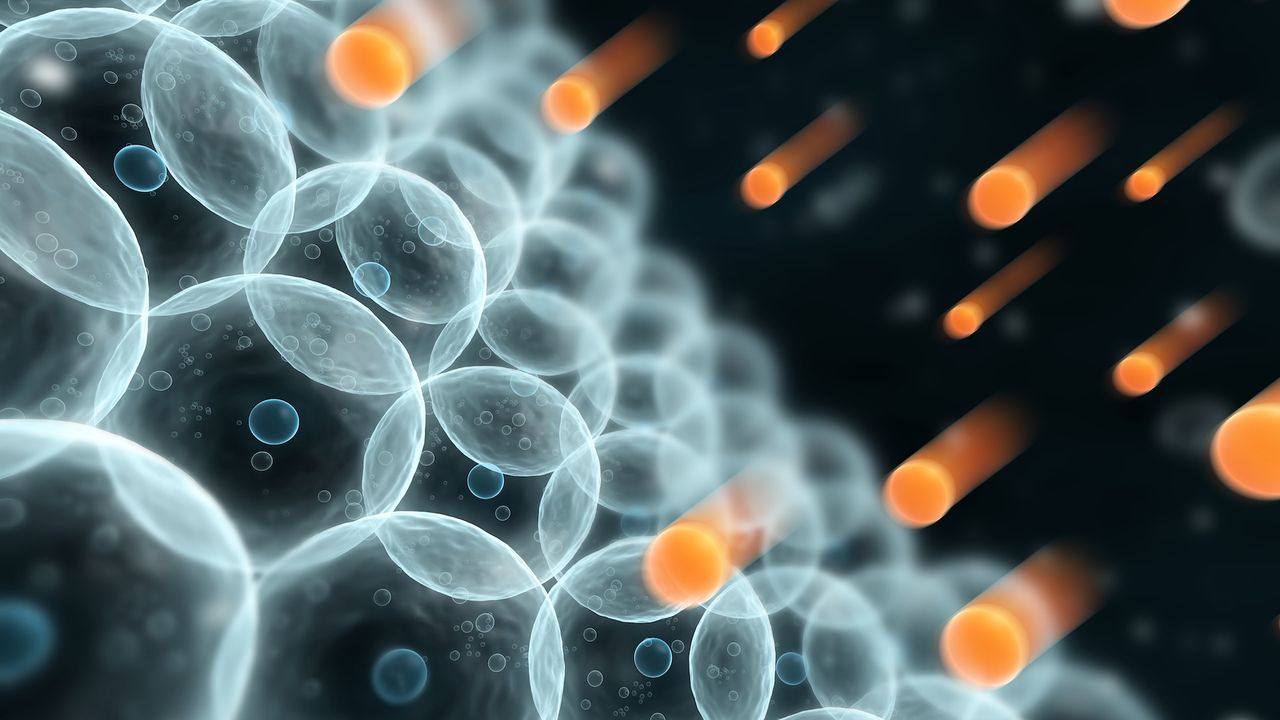Free radicals have long been vilified in health discussions, often linked to conditions such as cancer, aging, and degenerative diseases like Alzheimer’s. These unstable molecules, known scientifically as reactive oxygen species (ROS), are produced continuously by the body during essential processes such as respiration and immune defense. Given their dual nature, a closer examination reveals that free radicals may not be entirely detrimental, and their roles could be more complex than previously understood.
Understanding the mechanics of free radicals begins with their structure. These molecules possess a single unpaired electron, making them highly reactive. As they seek to stabilize themselves, they can strip electrons from nearby cell membranes, proteins, or DNA, potentially leading to cellular damage. According to Michael Murphy, a mitochondrial biologist at the University of Cambridge, this reaction can initiate a cascade of damage: “If a radical rips away an electron, it leaves an unpaired electron behind, and that will react on further. So you often end up with a nasty chain reaction.”
Free Radicals: A Double-Edged Sword
Despite their reputation, free radicals play a vital role in the body. They are crucial for immune function, helping to combat pathogens. Moreover, certain reactive species like nitric oxide (NO) are essential for cell communication. Murphy adds, “Some enzymes use free radical chemistry inside their active sites because that gives them the ability to do chemistry that’s more difficult.”
Most free radicals, approximately 90%, are generated by mitochondria, the cellular engines responsible for energy production. This process involves the electron transport chain, where electrons are passed among various proteins. A small amount of leakage during this process results in the formation of radicals like superoxide, a common free radical that can lead to further reactions, including the production of hydrogen peroxide. Michael Ristow, a longevity researcher at Charité University Medicine Berlin, explains, “What can happen is electrons come off these enzymes and react with oxygen to form an oxygen free radical called superoxide — that’s often the proximal free radical produced in biology.”
The body is equipped with mechanisms to manage the potential damage caused by free radicals. Antioxidants, such as vitamins C and E, naturally present in a healthy diet, can neutralize these reactive species. Additionally, there are dedicated enzymes that convert free radicals into less harmful substances, while molecules like glutathione act as “sacrificial sponges,” absorbing excess radicals.
The Impact of Environment and Lifestyle
While the body maintains a delicate balance of free radicals, certain environmental factors can increase their production. Ultraviolet (UV) radiation and excessive alcohol consumption, for example, can trigger higher levels of free radicals through different mechanisms. Murphy explains, “The UV can react with what are called photosensitizers. The molecule goes into an excited state as it absorbs the energy, then it will transfer that energy often to oxygen.” This process can create more reactive oxygen species that can damage fats and other cellular components.
When free radicals are produced in excess, they can overwhelm the body’s defenses, leading to tissue damage over time and increasing the risk of diseases such as cancer. Yet, emerging research suggests that low levels of free radicals may actually confer health benefits, a concept known as hormesis. Ristow notes, “The response to exposure to free radicals on a systemic level is typically increased response capacity against free radicals.”
This phenomenon is particularly evident in the context of exercise. Studies indicate that taking antioxidants before or during physical activity can diminish the positive health benefits associated with exercise, including endurance, recovery, and muscle gain. Ristow states, “If you take antioxidants before or together with exercise, the effect of exercise on health parameters is gone or massively reduced.”
While free radicals have the potential to harm, the conversation surrounding their effects is nuanced. The balance between beneficial and harmful outcomes depends significantly on the context and concentration of these molecules. “It’s a balance,” Ristow asserts. “But if ROS really were only damaging, then evolution would have ruled them out!”
This ongoing dialogue regarding free radicals highlights the need for a deeper understanding of their roles in human health, encompassing both their potential hazards and essential functions. As research continues to evolve, it is clear that these reactive species are much more than mere villains in the story of biological processes.







